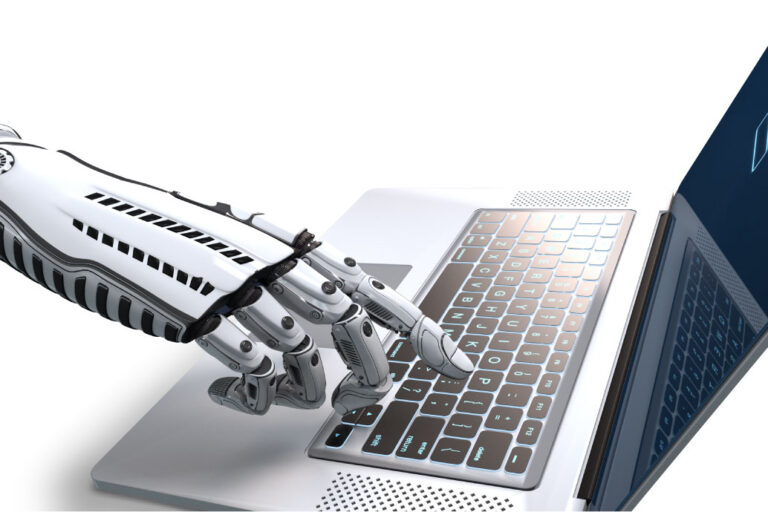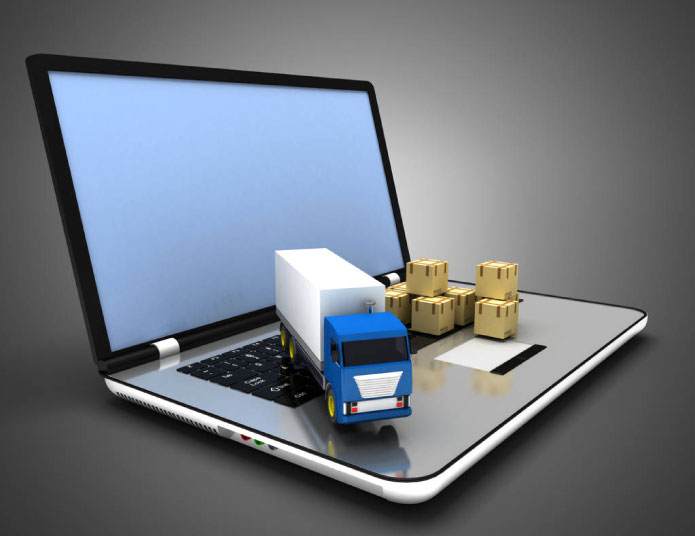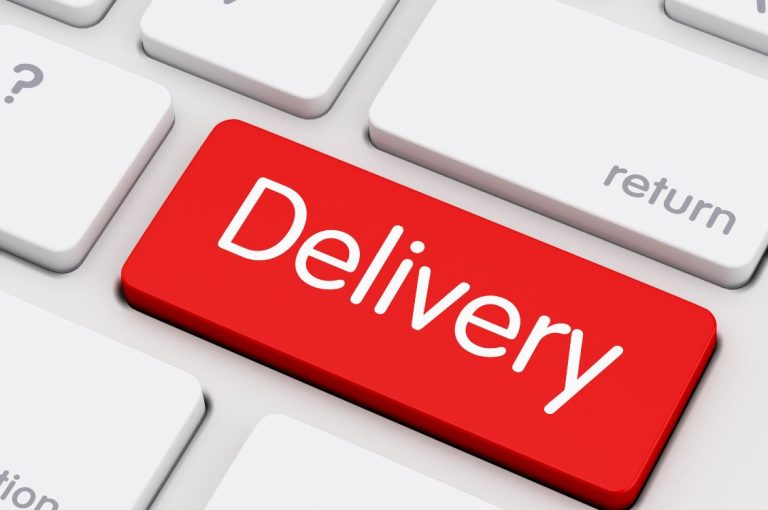Em 2024, o Brasil registrou 1.247 operações de fusão e aquisição, segundo a consultoria Kroll, e a integração pós-fusão — conhecida como Pós-Merge Integrity (PMI) — é um momento determinante para o sucesso dessas transações. A Louro Tech, fundada em 2024 por Felippe Pires, ex-sócio da XP e atual CEO, resolveu esse problema ao combinar inteligência artificial (IA), consolidação de dados em tempo real e um CRM avançado, reduzindo o tempo médio da PMI de longos meses para apenas alguns dias. Atualmente, a empresa administra mais de R$ 20 bilhões em ativos e tem projeção de alcançar R$ 100 bilhões até o final de 2025.
Durante a PMI, existem várias barreiras a serem enfrentadas pelas empresas envolvidas. “Cada minuto conta. Integrar sistemas diferentes não é só uma questão técnica – é um risco operacional que amplifica choques culturais entre equipes. Quando informações essenciais se perdem na transição, o que era para ser sinergia se torna um problema”, explica Pires. O especialista cita como exemplo, a integração de dados que ele a Louro Tech realizou entre duas empresas. “Consolidar os dados históricos de gestão comercial das duas empresas para potencialização das sinergias, por exemplo, levaria pelo menos dois meses. Nós reduzimos este tempo para três dias, realizando a fusão sem perder um único dado”, comenta o CEO.
Outro facilitador pode ser a ferramenta utilizada pelas organizações para analisar e gerir seus dados. Caso as empresas envolvidas no processo de fusão ou aquisição utilizem previamente a mesma ferramenta, a transição pós-fusão se torna muito mais suave. “O fato de usar uma mesma estrutura de dados facilita muito no PMI. E como a instalação e implementação da ferramenta é muito rápida – configuramos e implementamos em até uma semana –, conseguimos fazer a fusão de empresas de forma mais ágil no que tange à gestão dos dados”, complementa o CEO.
Estudos apontam que 41% das fusões e aquisições fracassam por falhas na integração entre as empresas, levando a prejuízos financeiros significativos. A incapacidade de consolidar rapidamente informações estratégicas pode resultar em perda de clientes, desalinhamento entre equipes e dificuldades na adaptação a novos processos operacionais. O especialista explica que um escritório que gerencia R$ 500 milhões em ativos, por exemplo, pode chegar a gastar em média 16 horas semanais corrigindo erros entre planilhas desconexas — tempo que poderia ser dedicado à captação de novos clientes.
A integração eficiente de dados não apenas acelera a transição operacional, como também permite que as empresas assegurem conformidade regulatória e mitiguem riscos jurídicos. Documentação financeira e relatórios obrigatórios podem ser gerados automaticamente, reduzindo erros e garantindo transparência para auditorias e órgãos reguladores. “Não se trata apenas de consolidar dados, mas de garantir que toda a operação transcorra sem falhas, evitando sanções regulatórias e otimizando o tempo”, complementa Pires.
Esta eficiência impacta diretamente a retenção de talentos dentro das empresas envolvidas na fusão. Um processo ágil e bem estruturado minimiza incertezas, reduzindo a taxa de rotatividade de profissionais-chave. Empresas que enfrentam transições prolongadas e desorganizadas frequentemente perdem talentos estratégicos para concorrentes, comprometendo a continuidade dos negócios. A tecnologia da Louro Tech facilita a adaptação das equipes, assegurando que a fusão alcance seus objetivos de crescimento e sinergia operacional.











